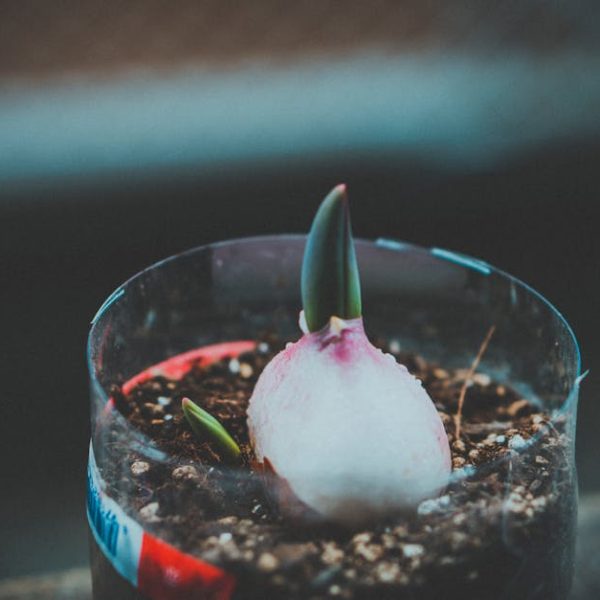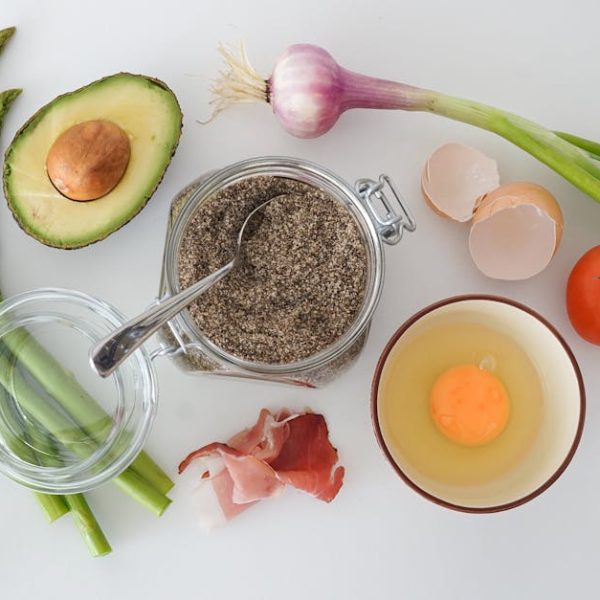Have you ever reached for the crisp, bright-green stalks of celery in your fridge only to be met with a wilted, depressing sight? Fear not, we’re here to navigate the common misconceptions of celery’s shelf life, handling, and best storage practices.
Understanding the shelf life of celery
Fresh, uncut celery can last anywhere between three to four weeks when stored correctly. However, factors like temperature, humidity, and light exposure can impact this longevity. Warm, damp environments increase the speed at which celery deteriorates. Consequently, maintaining a cool, dry storage space is crucial for extending your celery’s freshness.
When checking your celery’s freshness, keep an eye out for visual cues. Rotting celery typically looks discolored, often turning a yellowish-brown color. Texture changes are also significant, with fresh celery being crisp and firm to touch, while spoiled celery is limp and soft. Lastly, smell is a strong indicator. Spoiled celery gives off a foul, pungent odor.
Pro Tip: When buying fresh celery, remember to look for firm, tightly packed stalks with a vibrant green color. Avoid any bundles showing signs of browning or wilting.
Storing Celery: Proper Techniques
To maximize the celery’s shelf life, proper storage is key. The cool, stable temperature of your refrigerator is ideal. For longevity, wrap unwashed celery in foil or a sealed plastic bag with a paper towel to manage moisture. When stored correctly, you can expect your fresh celery to last several weeks.
Storing celery at room temperature or on a countertop, on the other hand, can significantly reduce its lifespan to mere days.
Best Practice: If you only need a part of the celery, cut the required amount and store the remaining celery stalks ideally in a sealed container lined with a paper towel to absorb extra moisture.
Preserving Celery: Informative Guides
There are other ways to keep celery beyond its natural shelf life—namely freezing, drying, or pickling. These methods can considerably extend the usability of celery while still preserving flavor and nutritional value.
However, each preservation method requires careful preparation. You’ll need to clean the celery thoroughly and cut it into desired sizes before using any preservation methods.
Pro Tip : Consider preserving the celery leaves, which are usually discarded. They can be used in soups, stews or as a garnish, adding a burst of flavor to your dishes.
Extend Celery’s Longevity with Proper Handling
Undeniably, the way you handle celery can have a significant impact on its shelf life and quality. Intricacies such as cleaning, cutting, and even the tools used can affect the celery’s lifespan.
One crucial tip to remember is to clean the celery thoroughly but leave it uncut until it’s time for use. Cutting into the celery stalk exposes more surface area to air, encouraging rapid decay. When you do need to cut the celery, use a clean, sharp knife to avoid bruising, which can expedite spoilage.
Best Practice: Opting to clean and cut your celery right before use can go a long way in preserving its freshness. Before storing the celery, make sure the stalks are dry to reduce moisture, which can lead to rapid spoilage.
Pro Tip: Use a sharp, clean knife when cutting your celery. A dull blade can bruise the celery, leading to quicker degradation.
Reviving Wilted Celery: Tips and Tricks
Everyone dislikes the sight of wilted celery. However, did you know that a simple hydrating bath can potentially bring those bendy stalks back to life?
A bucket of water or an ice water bath can be extremely effective at reviving limp celery stalks, restoring their original crispness and freshness. Soak the wilted celery in the water or ice water bath for about 30 minutes to an hour, and you will be awed by the transformation.
Step 1: Fill a large bowl with cold water or prepare an ice water bath.
Step 2: Place the limp celery stalks in the water.
Step 3: Soak the celery for around 30 minutes to an hour.
Step 4: Remove the celery and pat dry with a paper towel.
From our experience, ice water baths have shown slightly better results, providing an extra level of crispness. However, both methods are effective.
Comparison of Revival Methods:
| Revival Method | Quality of Result |
|---|---|
| Cold Water | Presentable, moderately crispy |
| Ice Water Bath | Super crisp, almost as good as new |
By making use of these tips and tricks, you can say goodbye to wilted celery and enjoy this nutritious, crunchy veggie for weeks on end! Happy Celery Storing!
Key Takeaway:
- Fresh, uncut celery can last from three to four weeks if stored properly in a cool, dry environment.
- Always check for signs of spoiling in celery like discoloration, changes in texture, and unpleasant odors.
- The recommended storage method for celery is in the refrigerator using foil or a sealed plastic bag with a paper towel inside to manage moisture.
- Proper handling (including thorough cleaning before use and leaving the celery uncut until use) can significantly enhance celery’s freshness.
- Celery preservation techniques such as freezing, drying, and pickling, can significantly prolong its usability.
- Revive wilted celery by placing it in a bucket of water or an ice water bath for 30 minutes to an hour.
Remember to always handle your celery with care to ensure you get the most out of its freshness. Regular checks of your celery will help detect early signs of spoilage, so you can enjoy every crunchy bite.
FAQs
Q: If I notice only a portion of my celery stalk is spoiled, is the entire stalk bad?
A: No. You can simply cut off the affected part and consume the rest of the celery stalk. However, if the rotting is extensive or the odor is too strong, it’s safer to discard the entire stalk.
Q: Can I freeze cut celery directly without prepping?
A: It’s recommended to clean, cut, and blanch celery before freezing to maintain its texture and nutritional properties.
Q: Does placing celery in the vegetable compartment of my refrigerator have any additional benefits?
A: Yes. The vegetable drawer provides a more stable temperature and humidity level, which may help extend the celery’s freshness.
Q: How do I know my celery has sufficiently revived after a water or ice water bath?
A: Revived celery regains its usual firmness and crunch. If after an hour in the water bath, your celery continues to be limp, it may be too far gone and you should discard it.
Q: Can I still use wilted celery for cooking?
A: Yes, wilted celery may lose some of its crunch but it still retains its flavor and nutritional value, so it’s great for cooking. However, if it shows other signs of spoilage like discoloration or bad odor, it’s safer to toss it out.
Explore more such posts on our site and remember to share this valuable article about prolonging celery freshness with your friends!





